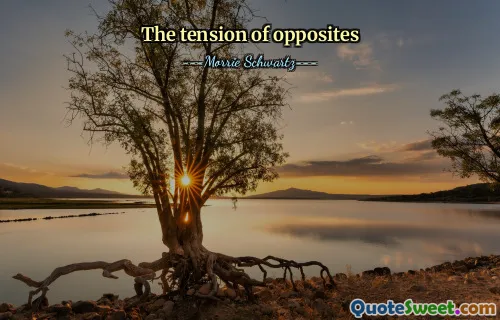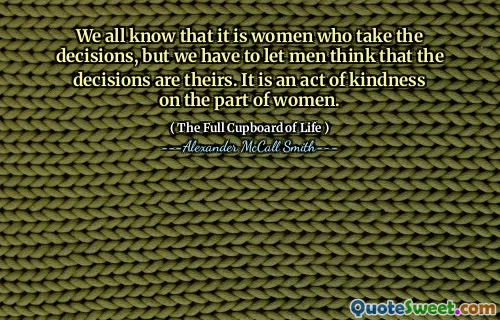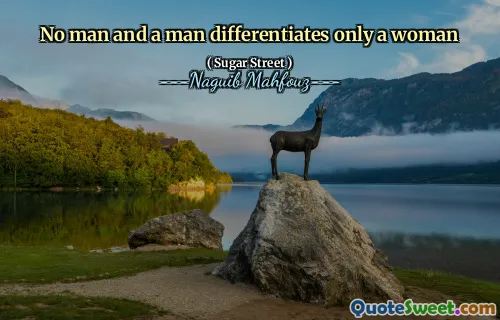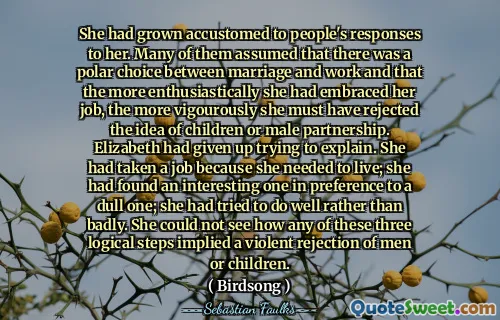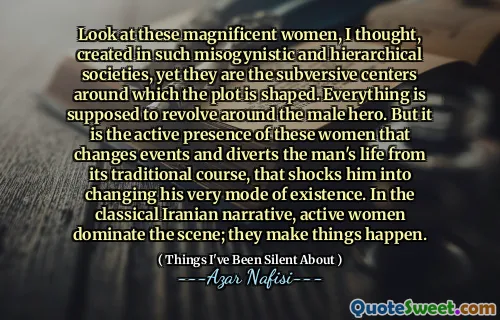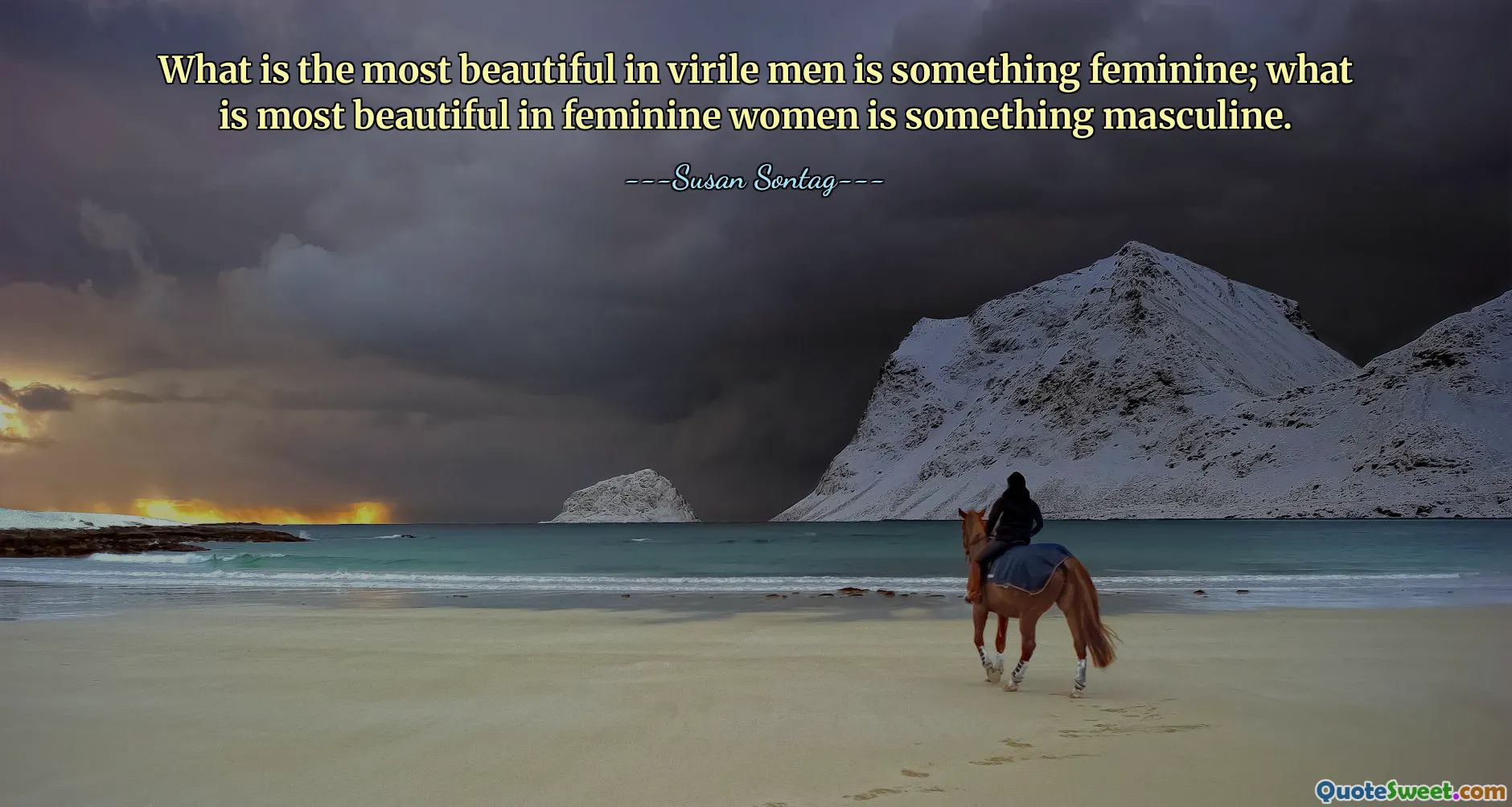
What is the most beautiful in virile men is something feminine; what is most beautiful in feminine women is something masculine.
Susan Sontag's observation provocatively highlights the subtle and complex interplay between gender characteristics, suggesting that the most captivating qualities of men and women often reside in traits traditionally attributed to the opposite gender. This idea challenges rigid binaries, inviting a recognition of fluidity and balance within personal identity. It suggests that the essence of beauty—whether in men or women—is not solely defined by adherence to conventional gender norms, but rather emerges from a harmonious blending of strengths.
In men, qualities considered feminine, such as sensitivity, empathy, or nurturing aspects, enhance their virility by adding depth, kindness, and emotional intelligence. Likewise, in women, the infusion of masculine traits like assertiveness, courage, and confidence intensifies their femininity, empowering them beyond societal constraints. This duality enriches human expression and counters stereotypical notions that might limit one's full potential or self-realization.
Sontag's quote encourages embracing the multiplicity within identities and recognizing that attributes once labeled strictly masculine or feminine can coexist beautifully within a single individual. It also reflects on cultural notions of beauty and the evolving understanding of gender as a spectrum rather than a set dichotomy. In a broader sense, this perspective nurtures inclusivity and fosters a more holistic approach to human expression where traits are appreciated for their value, not their alignment with societal gender expectations. This idea remains profoundly relevant in ongoing conversations about gender and identity in contemporary society.



